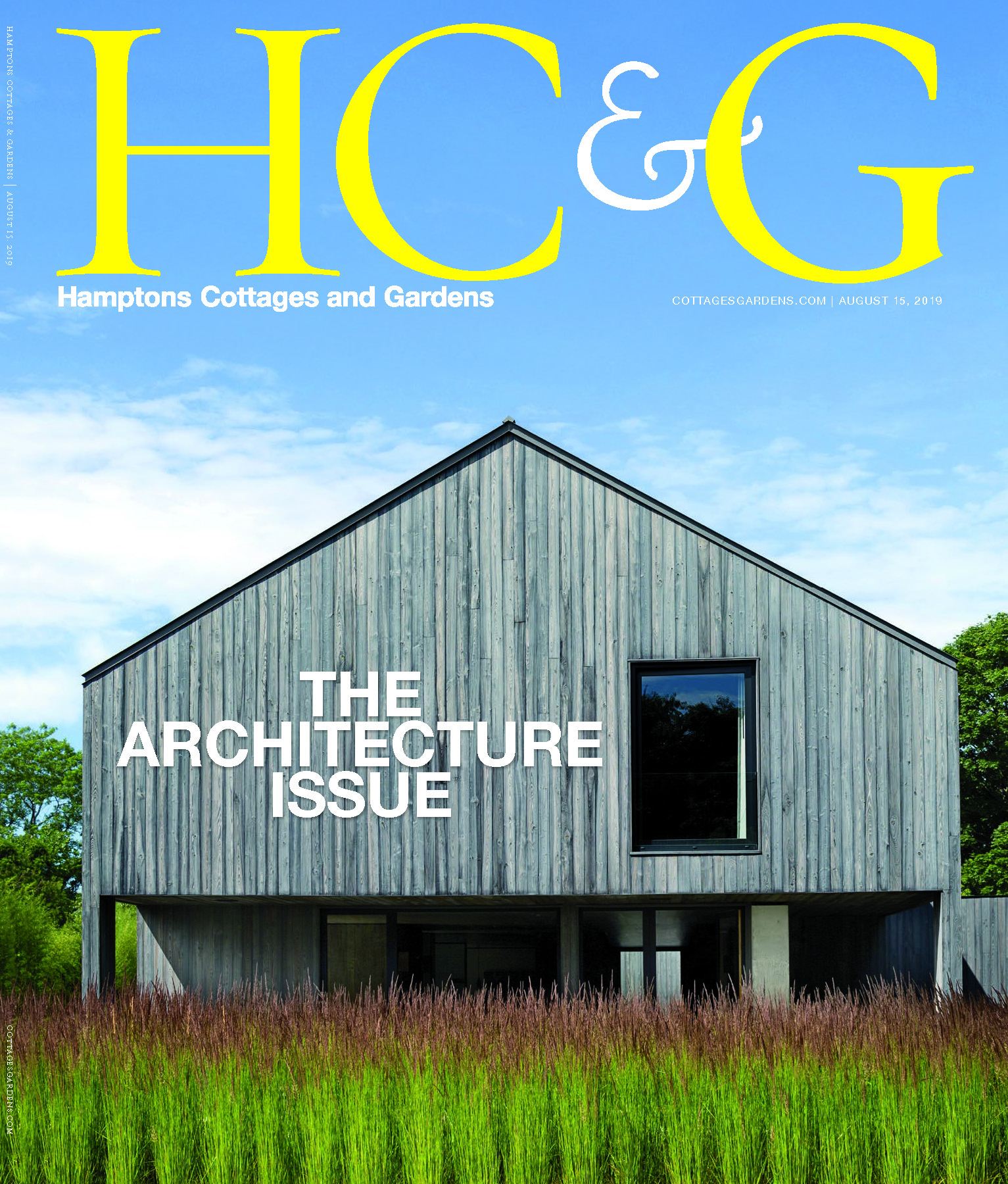Most houses that I come across during my walks around Sag Harbor are made of a similar set of building blocks, that is, a front porch, a main building that includes a living room, kitchen and bedrooms; sometimes a back porch, or a lean-to that’s used to store things; and sometimes a garage, studio or a workshop. In modern homes, these parts are pieced together tightly like a jigsaw puzzle to form a single box-like volume; and in older ones, they’re assembled over time and create a rambling structure.
When strung along a street, these houses weave a fabric of undulating facades and roof heights. Punctuated only by windows positioned to eye level that dot the scene with glimpses into a world they subtly shield. Between the buildings, the voids —those essential gaps— open vistas to backyards and whole other worlds and, with their solid counterparts, weave a fabric that is at once playful, soft and constant like the trickling sounds of a jazz trio in a dark Magazine street bar.
The building parts of these sometimes ramshackle houses —namely, sheds, cottages, barns, workshops, homesteads, porches, and lean-tos— have endured the passage of time and the many layers of use that we’ve laid over them and over multiple generations.
And not that they exist only in older homes. Take nearly any modern house squint your eyes a little and similarly sized building parts emerge. One example, Frank Lloyd Wright’s plan of his Usonian house [red rectangles mine]:
Play this game with nearly any house floor plan, historic or modern, and the results will be consistent.
All this is a bit of reverse engineering to explain how when asked to come up with a proposal for housing in Sag Harbor, instinctively I laid differently sized rectangles on the lot knowing what role each part would play —by itself and in connection with other blocks. Also knowing that a cluster of them would build up into a neighborhood as random and orderly as their historic precedents.
From that study, seven building modules emerged —Shed, Cottage, Barn, Workroom, Workshop, Meeting-house, Homestead (and a few accessories —Porch, Bridge, Hallway). Tagged by generic identifiers that already describe form and potential usage, these blocks can be arranged, re-arranged, linked or stand-alone to make for nearly any building for instance a backyard dwelling, an artist retreat, a house, a workshop, a studio, a gallery even larger homes, school buildings, dormitories, a village of workshops, cottages and shops and —in a nod to the core principle of architecture— whole streets, street blocks and neighborhoods.
To codify ours for ease of construction, we developed a modular structural template. Each building is a fragment of this template. So each part is a derivative of a larger whole. Their rectangular footprints are easy to layout by a good framer. And their rooflines are designed to make them easy to join together. When combined, these roofs would cut their own unique profiles —random and rhythmic, as in any vibrant street in any old neighborhood.
Designed, drawn, engineered and specified, our construction documents of these buildings are available for use by you in your lot, or by your builder. Alternatively, they can be pre-fabricated in factories (that we work with).
We welcome your comments and questions and are happy to work with you towards your goal of home-ownership, development and community building.
To see more possibilities, updates and innovations, go to our RTL page here; or see our dedicated instagram page.
click here: INSTAGRAM








